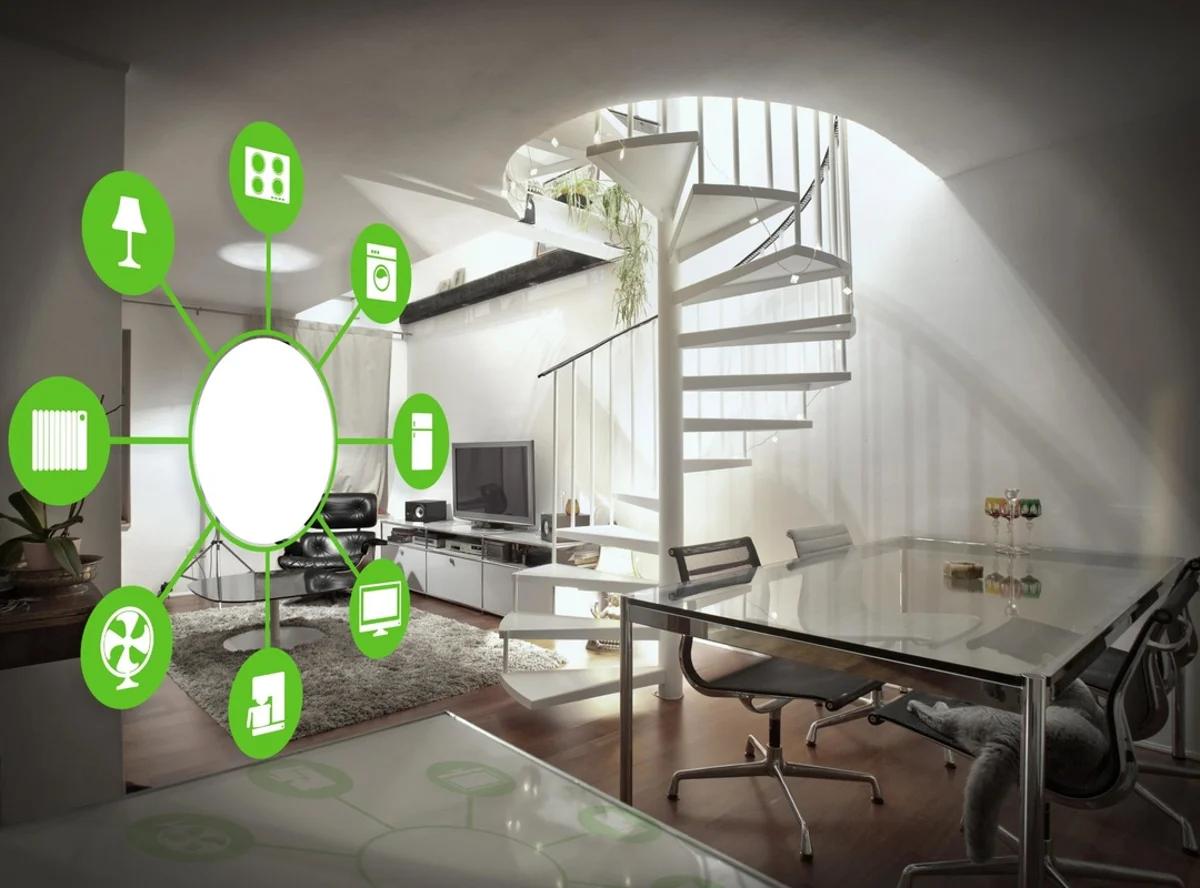In the dynamic landscape of modern living, the concept of a smart home has evolved from a futuristic vision to an everyday reality. Smart homes integrate cutting-edge technologies to enhance convenience, security, and energy efficiency. This comprehensive guide explores the world of smart homes, delving into the basics, highlighting essential components, and showcasing the transformative potential that smart home technology brings to our daily lives.
Navigating the Smart Home Landscape
1. Defining the Smart Home Revolution
The term “smart home” refers to a residence where various devices and systems are interconnected through the Internet of Things (IoT) to provide homeowners with enhanced control and automation. This connectivity enables users to manage and monitor their homes remotely, fostering a new era of convenience and efficiency.
2. The Role of Internet of Things (IoT)
At the heart of smart homes lies the Internet of Things (IoT), a network that enables devices to communicate and share data seamlessly. Through this interconnected ecosystem, devices ranging from thermostats and lighting to security cameras and appliances collaborate intelligently, offering homeowners unprecedented control and automation.
Essential Components of a Smart Home
1. Illuminating Intelligence with Smart Lighting
Smart lighting systems have revolutionized the way we illuminate our homes. These systems allow users to control the intensity, color, and scheduling of lights through smartphone apps or voice commands. Beyond the convenience of remote control, smart lighting contributes to energy efficiency by integrating with other devices such as motion sensors and smart thermostats.
2. Climate Control at Your Fingertips with Smart Thermostats
Smart thermostats bring a new level of sophistication to home climate control. Equipped with learning algorithms that adapt to user preferences and remote access through mobile apps, these devices contribute to energy savings and create a comfortable living environment. Integration with other smart home devices enables comprehensive home automation.
3. Intelligent Protection with Smart Security Systems
Smart home security systems go beyond traditional surveillance. Features such as motion detection, remote monitoring, and real-time alerts provide homeowners with enhanced security even when they are away. Integration with smart locks, doorbell cameras, and sensors creates a holistic security ecosystem, offering peace of mind.
4. Virtual Assistants as the Central Hub
Virtual assistants, such as Amazon Alexa and Google Assistant, serve as the central hub for many smart homes. These voice-activated systems enable users to control a multitude of devices, ask questions, and receive updates using natural language commands. The integration of virtual assistants elevates the overall intelligence and functionality of a smart home.
Advanced Smart Home Features
1. Orchestrating Devices with Home Automation
Home automation takes smart homes to a new level by orchestrating the seamless operation of multiple devices. Setting up automated routines and syncing devices for specific scenarios, home automation creates a cohesive and intelligent living space. For example, a “good morning” routine could simultaneously adjust lighting, start the coffee maker, and optimize the thermostat.
2. Sustainable Living with Energy Management
Smart homes contribute to energy efficiency through intelligent energy management. Smart thermostats, lighting systems, and appliances optimize energy usage based on user behavior and preferences. Real-time monitoring and insights empower homeowners to make informed decisions that align with sustainability goals, promoting eco-friendly living.
Enhancing Accessibility: Smart Home Solutions for Elderly and Disabled Individuals
As the realm of smart home technology expands, a crucial focus emerges on making these innovations accessible to everyone. This long-tail keyword explores the integration of smart home features specifically designed to enhance accessibility for elderly and disabled individuals. From voice-activated controls to automated lighting and tailored security systems, these solutions aim to create a more inclusive smart home environment.
Conclusion
In conclusion, the rise of smart homes represents a significant leap into a future where technology seamlessly integrates with our daily lives. From foundational components like smart lighting and thermostats to advanced features such as home automation and energy management, smart homes are redefining the way we experience and interact with our living spaces. As technology continues to advance, the potential for innovation within the realm of smart homes is limitless, promising a future where homes are not only smart but also adaptive, intuitive, and tailored to the diverse needs of their inhabitants.




